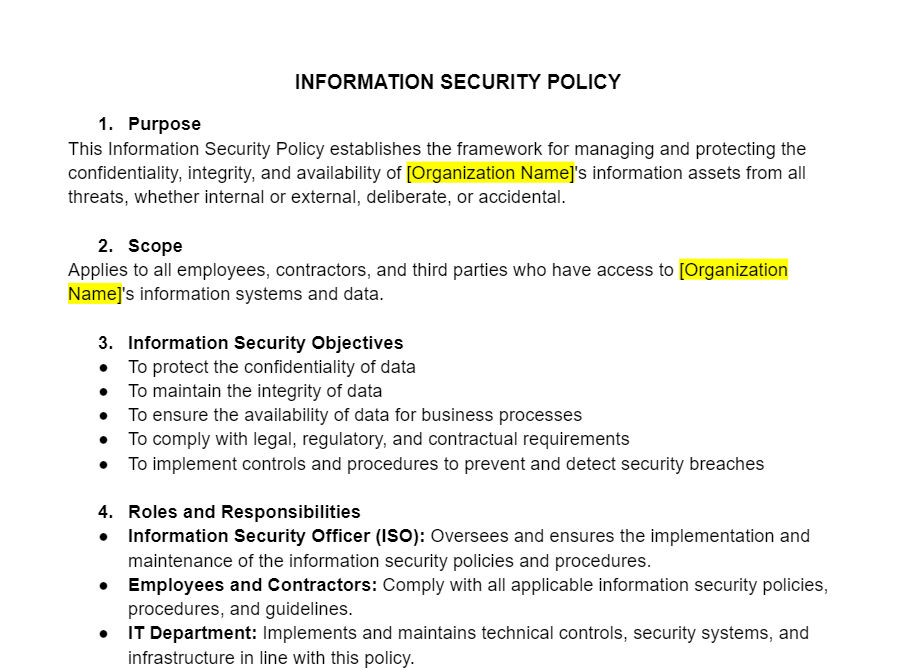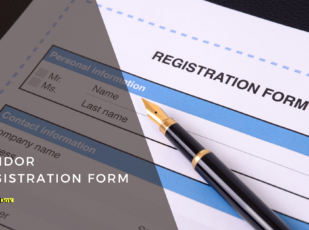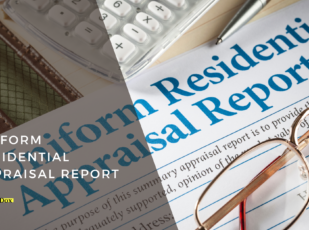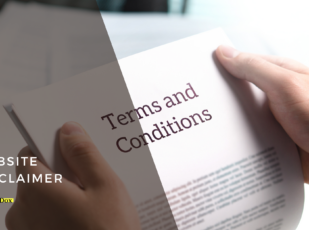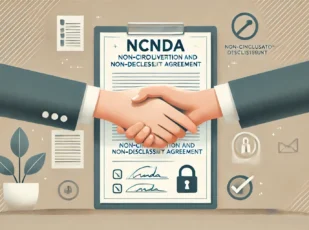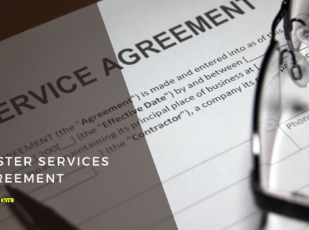
Information Security Policy Template
7 Downloads
IT and Media
January 11, 2025
Sayantani Dutta
Forming an information security policy is a key component of any company’s digital transformation. With the rise in network security threats and data breaches in an increasingly digital world, strong physical security measures and data protection controls are increasingly relevant.
The information security policy forms the groundwork for protocols surrounding the protection of the organization’s sensitive information and client data. It ensures business continuity in times of crisis and maintains compliance with regulatory frameworks.
The development of an effective information security policy isn’t just a matter of adopting a set of industry best practices. Instead, it sets in motion a unique framework for risk management, implementing firewall and network configurations, and pushing security initiatives that guarantee the integrity and confidentiality of data.
Whether you’re an SME looking to implement security standards into your IT best practices, or a Head of Department responsible for carrying out risk assessments for large corporations, this brief runs you through everything you need to know about creating and implementing an information security policy.
We also have a customizable solution to help you create your own information security policy. Our downloadable template gives you the framework needed to structure an effective, secure policy for your company and team.
Why Do Companies Need an Information Security Policy?
An information security policy consolidates all policies, procedures, and technologies that protect your company’s data into a single document that’s easy to reference. There are four primary purposes of the “infosec” document and how it forms the central theme for the company’s compliance framework.
According to research from the Infosec Institute, the four key components of the policy include the following provisions.
- Establishing a clear and consistent approach to information security.
- Detection and prevention of security breaches and the misuse of data, networks, computer systems, and applications.
- Data protection and reputation management through ethical and legal accountability.
- Customer protections and mechanisms for addressing complaints and concerns with the way the company handles data and implements its security policy.
Since information security is a cornerstone of many IT-focused compliance frameworks, large corporations must ensure they have an infosec policy in place to avoid legal repercussions and compliance issues.
Companies dealing with other large enterprises, healthcare providers, and government agencies must implement and maintain the most stringent compliance protocols. These non-negotiables include meeting the standards for SOC 2, HIPAA, and FEDRAMP are not just regulatory and contractual requirements but rather sound business practices.
It’s possible to fulfill these requirements by implementing an adequately designed infosec policy that adds to your compliance efforts, making your organization a reliable business partner across all industry sectors.
Information Security Compliance Frameworks
Most of the compliance frameworks contain infosec requirements that can significantly benefit your company when implemented. The frameworks will not only reduce security risks but also provide solid security controls, increase security awareness, and enhance your overall security program. Here are some of the most recognized frameworks.
HIPAA
The Health Insurance Portability and Accountability Act is a federal law on the protection of personal health information. Organizations considered as “covered entities”—healthcare providers, for example—and their business associates must implement strict rules to protect patient data. Failure to comply with HIPAA may have severe consequences, including fines, class-action lawsuits, or even criminal charges. A good cybersecurity framework, if combined with the standards of HIPAA, will minimize security risks while ensuring compliance.
SOC 2
SOC 2 stands out as being one of the widest cybersecurity frameworks since it helps tech vendors and technology providers prove to enterprises their seriousness and commitment when ensuring customer data safety. This system was formulated by the American Institute of Certified Public Accountants—an organization authorized for certification and auditing services. For SOC 2 to maintain the integrity and confidentiality of data, it needs to work under close security controls.
Most large-scale organizations demand SOC 2 audit reports before proceeding with any business activities with another organization.
PCI DSS
The Payment Card Industry Data Security Standard (PCI DSS) is a compliance framework for organizations operating in card acceptance, processing, storage, or transmission of credit card information. It establishes the guidelines on how cardholder data should be protected.
Businesses have to comply with one of the four levels of the said standard PCI DSS based on transaction volume and data handling practices. The importance of this standard in security risk mitigation on payment processing cannot be impressed enough.
NIST SP 800-53
NIST SP 800-53 is a comprehensive set of controls designed to protect organizational operations, organizational information, and individual privacy. Although initially designed for U.S. federal agencies, the document has become a widely used resource within the private sector to increase security awareness and implement effective security controls. It provides a framework of best practices that aligns with other regulatory standards, thus grounding the organization in cybersecurity best practices in their quest for compliance on various fronts.
ISO 27001
ISO 27001 outlines the requirements that should be in place to establish an effective ISMS. Unlike other frameworks, ISO 27001 goes beyond electronic data to include the protection of intellectual property and trade secrets in non-electronic forms. Although not legally binding, ISO 27001 has become indispensable in companies dealing with sensitive information. It focuses on information classification, ensuring sensitive data is identified and protected accordingly.
What Are the Provisions Outlined in the Information Security Policy?
If an organization incorporates these frameworks, implements security awareness, and develops a security program, it will significantly minimize its security risks and build strong defenses against data breaches.
Though developing a comprehensive information security policy is challenging, it’s extremely important to safeguard your organization against security risks. A good policy should cover IT security, physical parameters, hardware, software, human resources, access control, and a host of other areas.
The policy should have a flexible structure to permit periodic updating and revising in its construction to keep it relevant. Most of all, it needs to be practical and enforceable. Creating it in collaboration with employees and key stakeholders ensures alignment with business objectives.
Following are some key provisions to include in the infosec policy and how to customize them to your organization using the FreshDox Information Security Policy Template, available with a free trial of our platform—for a limited time.
Acceptable Use Policy
An acceptable use policy defines the appropriate use of company-owned computer equipment and internet-related resources. Misuse of these assets puts your organization at risk of malware and antivirus attacks, a compromised network, and possible legal action.
This policy should:
- Define acceptable activities and behaviors when company equipment and networks are used.
- Clearly outline what is expected from employees, like locking computers when not in use, protecting devices, and not allowing unauthorized access to restricted information.
- Specify actions that are not allowed and make employees aware of the repercussions of misuse.
Acceptable use policies mean a lot to organizations in industries dealing with the protection of health information that require HIPAA compliance. The acceptable use policies minimize this risk by helping to protect the systems against malware and other security threats to IT that could leak personal or sensitive health information.
Security Response Plan
A security response plan provides a structure for managing and mitigating security incidents, including data breaches. It ensures readiness for your organization to respond quickly and work effectively to minimize the damage.
Some key components of this policy include:
- Detailed incident response procedures, including escalation channels and severity definitions.
- Well-defined roles and responsibilities of each team or business unit.
- Timelines for mitigation and remediation to ensure that the service-level agreements are met.
This policy promotes a collaborative approach across departments with the aim of making the response to security incidents swift and smooth. Through coordination, organizations can protect key information assets and ensure resolution in an efficient manner that minimizes disruption and damage to reputation.
Disaster Recovery Plan
A disaster recovery plan differs from a data breach response plan. Whereas the latter involves activities that focus on reducing the impact of security incidents, the former describes how to assure business continuity during and after a disaster or during an extended disruption in service.
This policy lays down the roadmap for recovering systems, applications, and data in the event of a major outage. The policy will need to be updated annually to remain effective and should include, at a minimum, the following critical components:
Emergency Outreach: Clearly spell out who to call, when to call them, and how communication is going to take place during a disaster.
Succession Planning: The chain of responsibility if key personnel is not available for their duties.
Data Classification: The classification of data stored, in accordance with its criticality or confidentiality.
Critical Services List: Identify and list in order those services that are critical to the organization to enable an orderly recovery process.
Data Backup and Restoration: Identify what data are backed up, the location of backups, and backup frequency. Include step-by-step processes for restoring data.
Equipment Replacement: Infrastructure and services needed to be revived for customer-facing operations.
Public Communications: Assign ownership for communications that go outside the organization, guiding on what information can and should be communicated to the public.
Testing, mostly done through tabletop exercises, identifies the gaps that might lead to failures in a real disaster and should be done regularly. It allows organizations to fine-tune their asset management strategies and also reinforces awareness among the staff.
Data Breach Response
A data breach response policy or incident response plan prescribes how the organization will approach mitigating various risks associated with data breaches. This is an important policy to consider in protecting mobile devices and other sensitive data assets against cyberattacks.
Key elements of the plan include:
Breach Definition: Clearly spell out what constitutes a breach and when the response plan is to be engaged.
Staff Roles and Responsibilities: Clearly outline the roles to be played by each individual to provide clarity in the response to a breach.
Reporting and Standards: Establish reporting protocols and measurable standards to gauge the effectiveness of the response.
Remediation and Feedback: Document the remediation of the breach, including mechanisms for feedback that could allow for the improvement of future responses.
The plan minimizes the impact of breaches by stipulating how data assets are protected through the response process and providing for a quick return to normal operations. It is of utmost importance that mobile devices be included in the policy since these usually carry sensitive information and are most prone to cyber threats.
Email Policy
An email policy protects your organization from security risks such as unauthorized access, data breaches, and virus attacks. Misuse of email, either intentionally, like sharing confidential information, or unintentionally, like clicking on phishing links, can compromise your company’s security.
In order to reduce these risks, the email policy should:
- Define what constitutes proper use of the company’s e-mail addresses, including guidelines on professional communication.
- Prohibit forms of communications that may be injurious to the company, such as sharing unprotected sensitive information.
- Establish standards of security regarding email attachments that prevent malicious or unauthorized file transfers.
- Outline rules for email retention, ensuring emails are stored and archived according to company and legal requirements.
- Indicate whether or not the company will monitor employee emails for compliance with the policy, and if so, how.
This policy should be made known to all employees, contractors, and agents of the company. Workers will have to realize their responsibilities in the protection of email systems by refraining from actions that would provide unauthorized access or create network vulnerabilities.
Importantly, the e-mail policy should not be punitive in intent nor is it intended to establish some “Big Brother” culture of surveillance; rather, this is a proactive measure of informing the staff about the proper usage of e-mail and protecting the organization from threats due to misunderstanding or misuse.
Password Protection
Passwords are the first line of defense in today’s digital environment for protecting your organization’s technology resources and sensitive data. Since staff must remember multiple passwords on a daily basis, it is important that clear and enforceable standards be defined to create and maintain strong passwords.
A policy of password protection should include the following features:
Password creation standards: Allow the employee to know how to create a password; for example, a mix of uppercase and lowercase letters, numbers, and special characters.
Usage policy: Clearly indicate what employees should and should not do with their passwords. For example, they should not share their passwords with coworkers, write them down in plaintext, or put them in an email.
Education: Provide training to the employees to understand how password security works, keeping one’s credentials safe, and what phishing looks like.
Consider the development of a security policy that includes your IT and developers’ roles in securing applications and company websites. These should include encrypting stored passwords, two-factor authentication, and frequent security audits, which are paramount to preventing unauthorized access.
End-User Encryption Key
Encryption forms one of the building blocks for data security, protecting sensitive documents and communications both within the organization and when distributed to the end user. The formulation of good policies for end-user encryption keys will help in avoiding unauthorized disclosures or fraud.
This policy should include:
Encryption key protection: Specify procedures that will be in place to protect encryption keys, allowing access only to duly authorized persons.
Operational controls: The measures can involve regular audits of the keys, their storage under a security scheme, and controlled access.
Technical controls: Explain the use of tamper-resistant hardware, encryption key management software, and secure key generation and distribution processes.
The policy should also include incident response procedures in the event of a lost, stolen, or compromised encryption key. Backup protocols should be considered that will provide continuity without compromising security.
With strict disciplined controls over the protection of cryptographic keys, coupled with strong operational and technical controls, your organization can make sure that encrypted data is kept safe and users remain confident in the security of encryption.
Clean Desk
A clean desk policy is important in the protection of physical assets and sensitive information, enhancing the security of personnel in general and reducing the risks associated with vulnerability management.
The policy seeks to ensure that all materials classified as confidential, whether physical or digital, are under lock and key when not in use or when employees leave their desks.
Minimum requirements to be laid down by the policy for compliance and security include.
Storage: Personal information related to employees, intellectual property, customers, or vendors should be kept in locked drawers or cabinets when not in use.
Material Disposal: Specify what documents or materials should be shredded or disposed of in a way that makes them unreadable to unauthorized persons.
Printer security: Make sure sensitive documents are only picked up by the right person by using password-protected printers.
Physical locks: Specify how laptops, USB drives, and other portable devices must be secured with physical locks when unattended.
A clean desk policy supports the protection of information for businesses seeking to comply with ISO 27001 and prepares them for certification audits. This forms part of a wider information security program, where it minimizes vulnerabilities and aids in building an organizational culture of security awareness.
Download a Customizable Information Security Policy Template from FreshDox
Secure your business IT practices with a free download of our customizable Information Security Policy Template. Sign up for a Basic or Premium account on our site and get access to this document immediately. Edit it to your needs and download it in Word or PDF format. Enjoy your 7-day free trial of FreshDox and explore our library of document templates for business.
Popular searches:
- Information Security Policy Template pdf
- Information Security Policy Template sample
- Information Security Policy Template download
- Information Security Policy Template format
- Information Security Policy Template template
- Information Security Policy Template word
- Information Security Policy Template free
Related Templates
Discover more templates that align with your needs and preferences.

Ready to Sign Up?
Sign up for FreshDox.com’s 7-day trial and discover why so many individuals and businesses trust us for their legal document template needs.
- Cancel any time
- 7-day free trial
- From 300+ Customer Reviews

